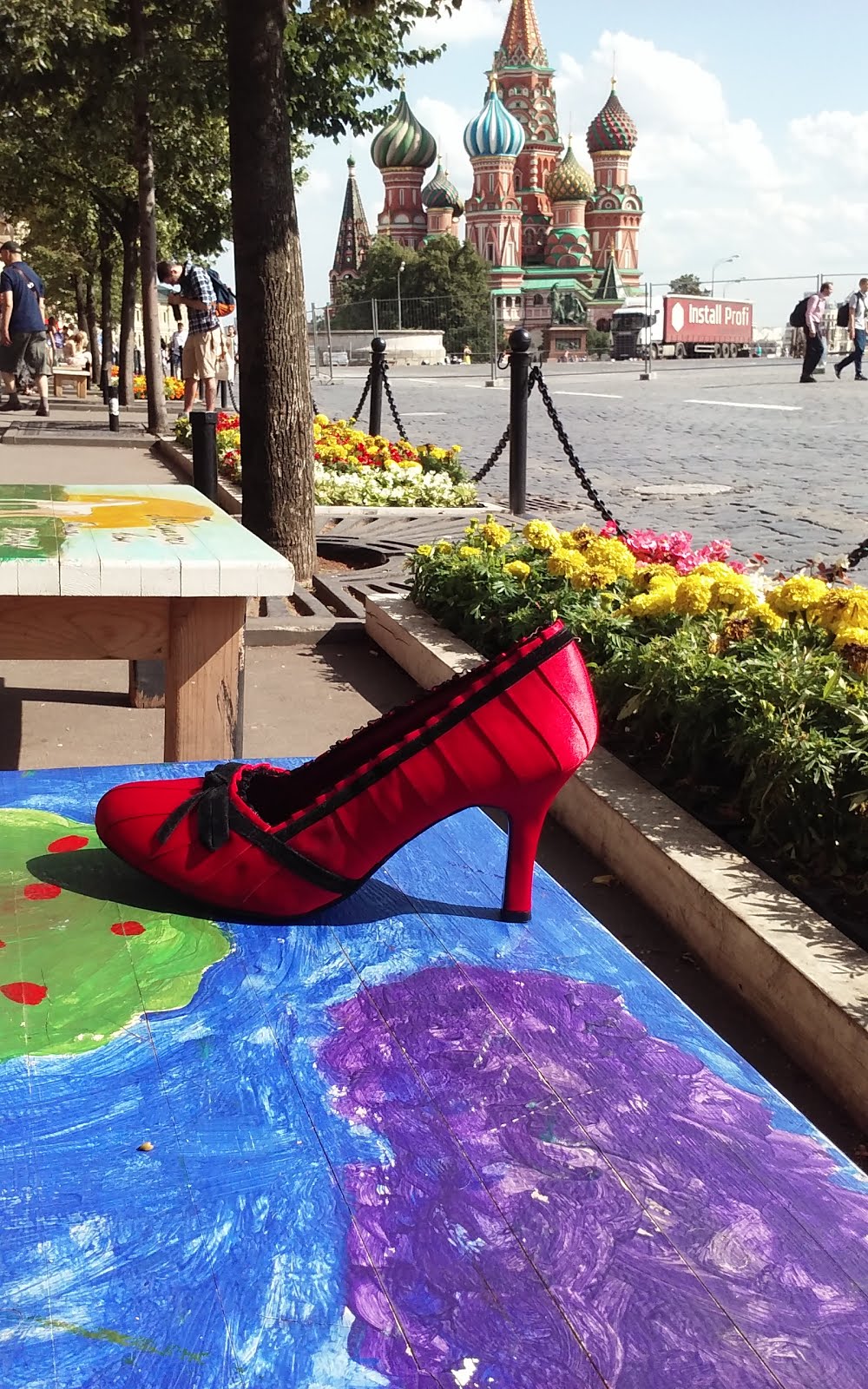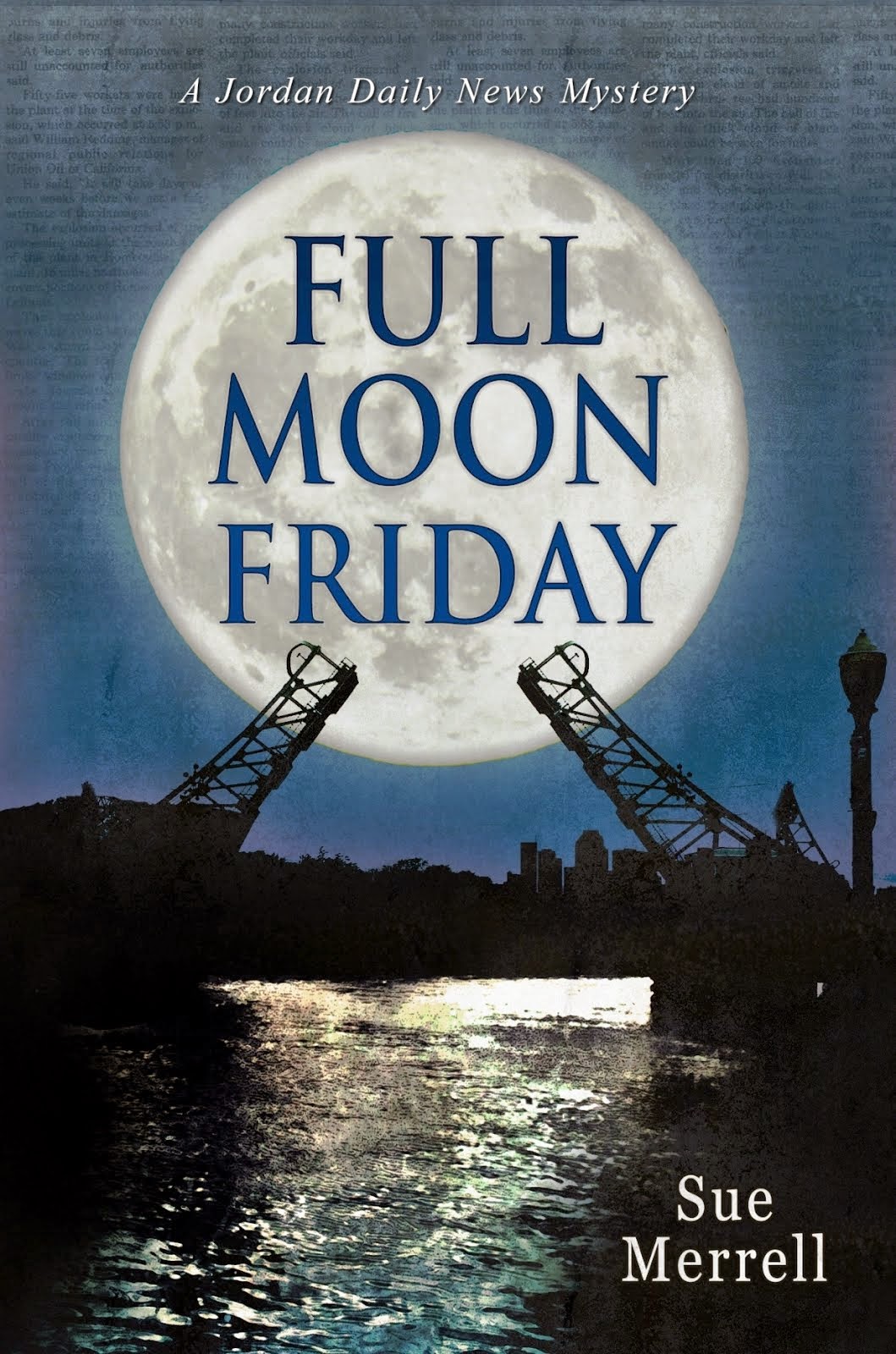My friend Steve and I are vacationing in Upstate New York this week and were on our way to the Baseball Hall of Fame in Cooperstown this morning when I happened to see a few small red words on the map of New York: Gladding International Fishing Museum. "Oh, I wish I hadn't seen that," I said. Duty demanded that I tell Steve, who is a fishing fiend. After humoring him for a visit to a baseball museum (snore!) how could I possibly endure a stop at a fishing museum?
But I knew how much he would like it. Especially after we checked it out on my smart phone. While he was driving down the road to Cooperstown, I read to him about the octagonal 1860 Newton Homestead which housed the museum, according to hits on Wikipedia and Facebook. Then I read him a wonderful New York Times story by James Sterngold.
"To the uninitiated, true, it will look like a musty attic full of
junk. They will also think it a particularly odd spot to house such a
trove, lying as it does on a hill in a tiny village in Chenango County.
But
to that person whose wellsprings of hope and patience run deep, who is
bound up in the mystery of how fish can be persuaded to attack odd wood
or metal objects with that distinctive viciousness, the collection is
more evocative than a gallery of Monets."
His descriptions sold us, especially his ending.
" To my mind, the best are the stuffed fish. Topping the lot are a
42-pound salmon caught in 1930 and a 37-pound Muskie from 1937. The
Muskie looks nothing like the vacant, limp creature that a dead fish is
supposed to be. This one is moth-eaten and much the worse for wear. But
it has a look in its eye, its dark wary eye, as though it were spying
through the grasses of a lake bottom, lying in wait for something sneaky
in red and white with menacing yellow and green eyes."
I was hooked, just like that poor fish. I didn't even notice that the New York Times article was published Aug. 2, 1987. Or that the New York map from Steve's collection was dated 1979-80.
So, after our tour of Cooperstown, and a little picnic lunch on a lovely lake, we asked our GPS "Sammy" to take us to the little town of Otselic. "Sammy" believes in as-the-crow flies navigation so she took us by the straightest route (only 45 miles from Cooperstown) but over mountains and down roads that became increasingly more narrow. By the way, "Sammy" didn't have the fishing museum in her list of attractions, but it was opened only three afternoons a week, according to the Times article, so I wasn't too surprised that it wasn't listed on the GPS. Once we made it to Otselic, which can't be called a town in anyone's vocabulary, we turned toward South Otselic, about 6 miles away. According to the map, the little red square marking the museum was between the two towns. We could hardly miss an octagonal house, could we? But there was no oddly shaped house. No sign about a fishing museum.
South Otselic proved to be much larger than Otselic and Steve, who is never afraid to ask directions, pulled into the post office and went inside. He returned a few minutes later laughing.
The museum had closed 20 years earlier!
The Gladding International Fishing museum was as tempting as that red and white fly with the yellow and green eyes -- and just as fake.
Thursday, June 21, 2012
Subscribe to:
Post Comments (Atom)





No comments:
Post a Comment